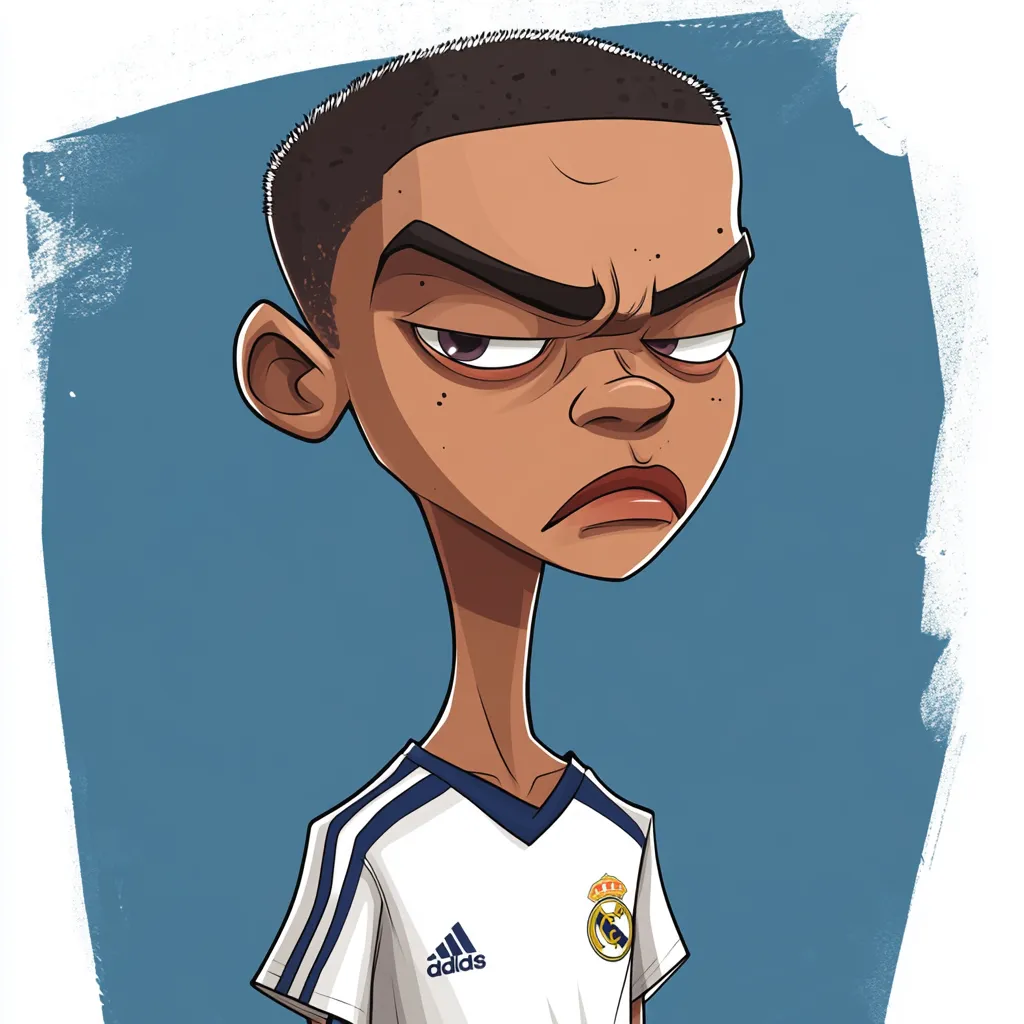Soccer, a sport that resonates with millions globally, involves two teams of eleven players each, striving to score by propelling a round ball into the adversary’s goal.
However, the game isn’t as simple as it sounds, with a complex set of rules and regulations to adhere to. One such rule that often sparks confusion is the issue of pushing in soccer, a contentious point that can lead to debates among players and fans alike.
What constitutes a pushing foul in soccer?
How is a pushing foul defined in soccer?
In soccer, a pushing foul occurs when a player uses excessive force to impede the movement of another player. It is important to note that pushing can be done using any part of the body, including the hands, arms, shoulders, or even the elbows.
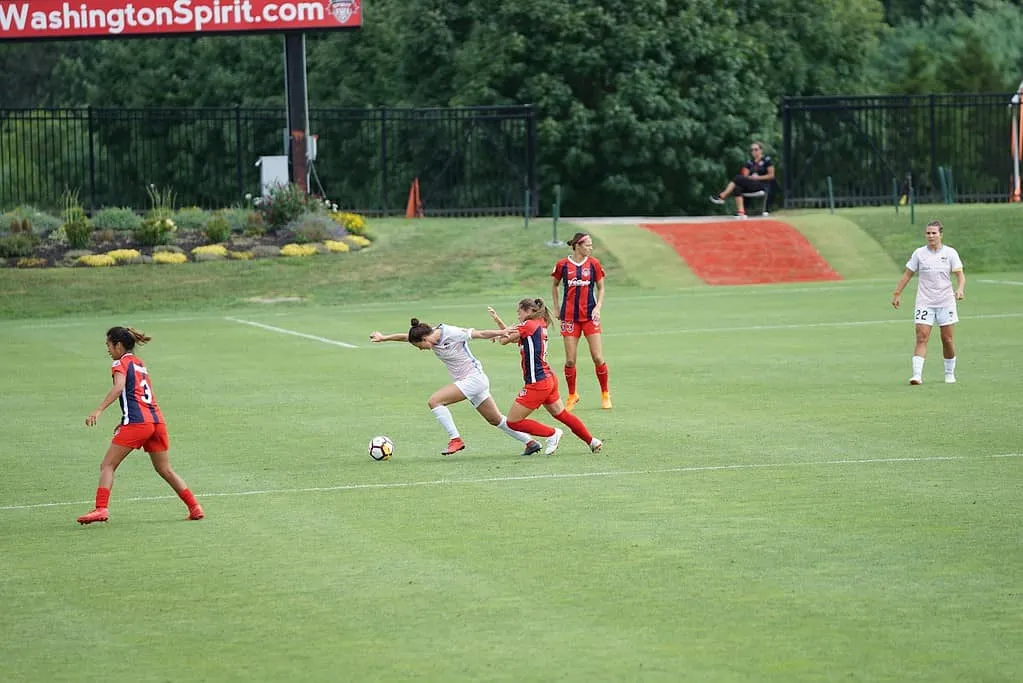
The intention behind the push is to gain an advantage over the opponent, whether it be to gain control of the ball or to disrupt the opponent’s play.
Are there any specific rules about using your arms in soccer?
When it comes to using the arms in soccer, the rules are quite clear. Players are not allowed to use their arms or hands deliberately to handle the ball, except for the goalkeeper who has specific privileges within their penalty area.
Any use of the arms or hands to control or manipulate the ball is considered a handball and is penalized accordingly.
Can you use your elbows to push another player in soccer?
The use of elbows to push another player in soccer is strictly prohibited. Elbows are considered dangerous and can cause severe injuries to the opposing player.
Therefore, any deliberate use of elbows to push another player will result in a foul and the offending player may be penalized with a yellow card, cautioning them for their unsporting behavior, or even a red card, leading to their expulsion from the game.
Is pushing allowed in soccer?
When is pushing considered a foul in soccer?
Pushing is considered a foul in soccer when it is done with excessive force or with the intention to gain an unfair advantage over the opponent.
If a player pushes another player in a manner that is not deemed fair or safe, the referee has the authority to call a foul and take appropriate action.
What is the penalty for pushing in soccer?
The penalty for pushing in soccer depends on the severity and intention of the push. If the push is deemed reckless or dangerous, the referee may issue a yellow or red card to the offending player.
A yellow card serves as a caution, while a red card signifies the player’s expulsion from the game. In less severe cases, the referee may award a free kick or an indirect free kick to the opposing team.
Can a player push another player to gain control of the ball?
While physical contact is a part of the game, players are not allowed to push another player to gain control of the ball.
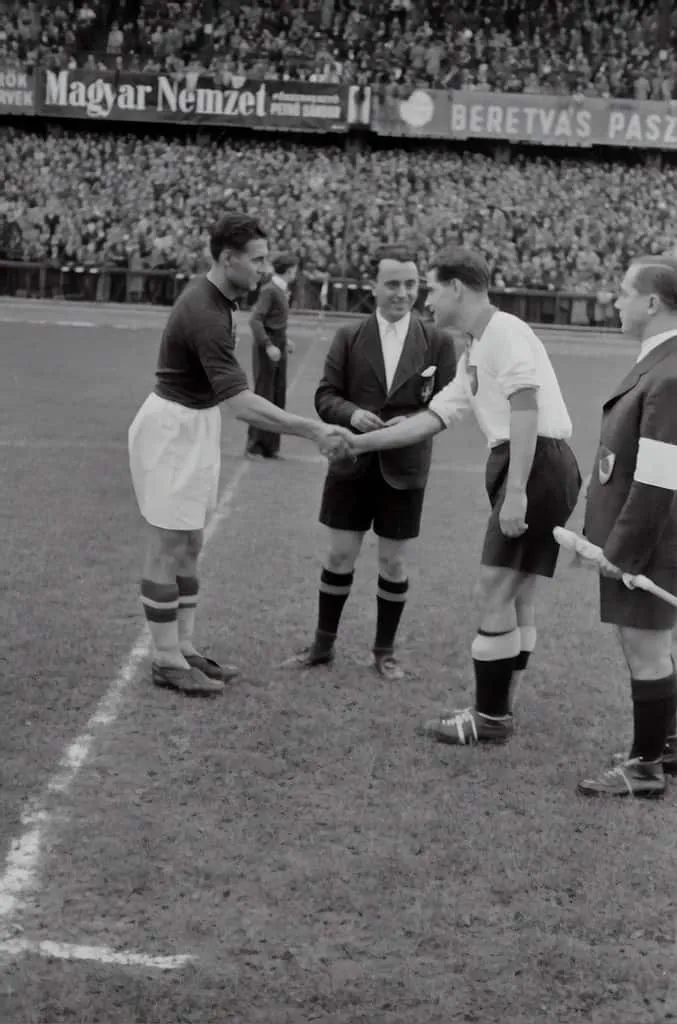
Soccer is a sport that emphasizes fair play and skillful maneuvering. Pushing is seen as an unfair tactic and the player responsible for it will be penalized accordingly.
Are there any legal ways to use your arms in soccer?
How can a player legally use their hands in soccer?
In soccer, players are generally not allowed to use their hands or arms to handle the ball. However, there are a few exceptions to this rule.
The goalkeeper, while within their own penalty area, is allowed to handle the ball. They can catch, throw, or punch the ball to protect their goal.
It’s important to note that the goalkeeper’s privilege to use their hands is confined to their own penalty area.
Is it allowed to use your shoulder to push another player in soccer?
Using the shoulder to push another player in soccer is generally allowed, as long as it is done fairly and within the rules of the game.
A shoulder-to-shoulder challenge is seen as a fair charge and is a common occurrence in soccer matches. It is important to remember that the use of the shoulder should be aimed at playing the ball and not intentionally hurting or disrupting the opponent.
What are the rules regarding the use of elbows in soccer?
As mentioned earlier, the use of elbows to push another player is strictly prohibited in soccer. Elbows are considered dangerous and can cause harm to the opposing player.
The rules of the game emphasize fair play and player safety, so any use of elbows to push or harm another player will result in a foul and penalties for the offending player.
What happens if a player commits a pushing foul in soccer?
What is the role of the referee in penalizing pushing fouls?
In soccer, the referee plays a crucial role in ensuring fair play and enforcing the rules of the game.
When a pushing foul is committed, the referee has the authority to stop play, assess the situation, and make a decision regarding the appropriate penalty for the foul committed.
Can a pushing foul lead to a penalty kick or a direct free kick?
Depending on the location and severity of the pushing foul, it can lead to various penalties. If the foul occurs inside the penalty area of the defending team, the opposing team may be awarded a penalty kick.
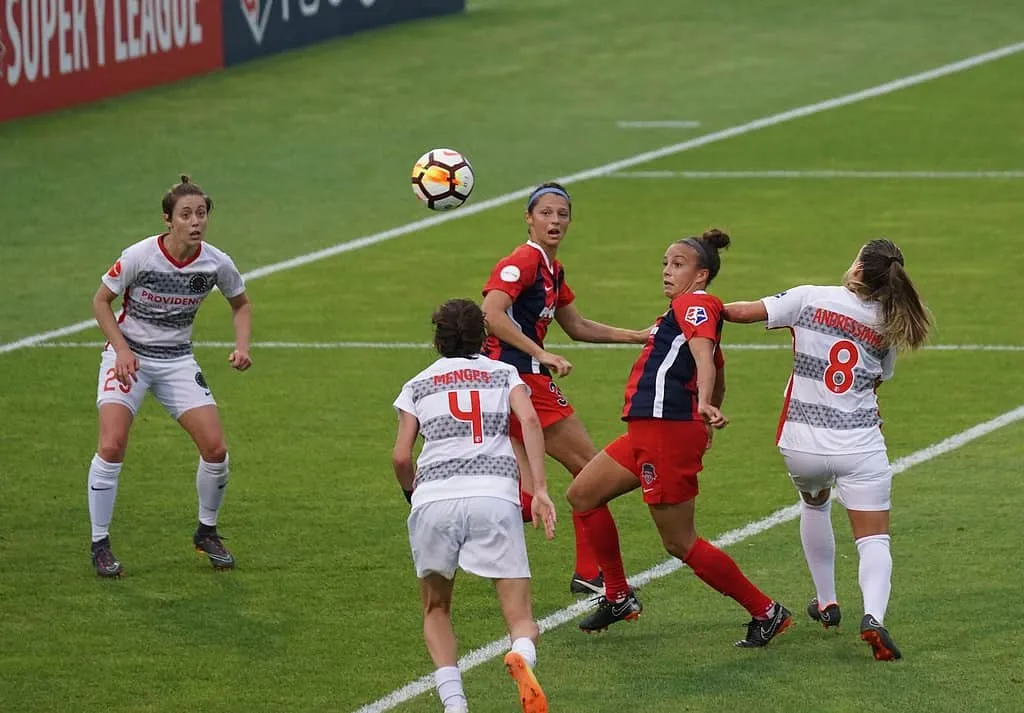
A penalty kick gives the attacking team an opportunity to score a goal by shooting the ball from the penalty spot, with only the goalkeeper defending the net.
If the pushing foul occurs outside the penalty area, but is still deemed significant, the opposing team may be awarded a direct free kick.
What are the consequences for a player who receives a pushing foul?
When a player commits a pushing foul in soccer, they may face immediate consequences. Depending on the severity of the foul, the player may receive a yellow card or a red card.
A yellow card serves as a caution, while a red card leads to the player’s expulsion from the game. Additionally, the opposing team may be awarded a free kick or penalty kick, depending on the location and circumstances of the foul.
Can a goalkeeper push an opposing player in the soccer field?
Is it legal for a goalkeeper to push another player to get to the ball?
While goalkeepers are allowed certain privileges within their own penalty area, including the use of their hands, pushing an opposing player is generally not permitted.
Goalkeepers are expected to compete for the ball in a fair and sportsmanlike manner.
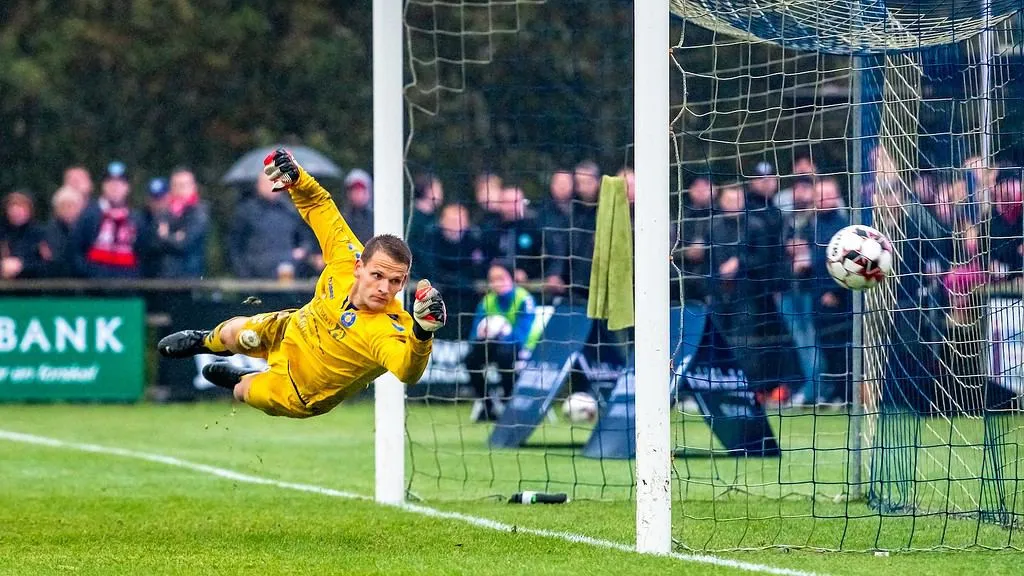
What are the rules for a fair charge between a goalkeeper and an opponent?
When a goalkeeper and an opposing player are competing for the ball, a fair charge is usually allowed. A fair charge involves using the body and shoulder-to-shoulder contact to vie for possession of the ball.
However, any excessive or dangerous use of force by the goalkeeper may result in a foul being called against them.
What happens if a goalkeeper uses excessive force while pushing an opponent?
If a goalkeeper uses excessive force while pushing an opponent, it is considered a foul. Depending on the severity of the foul, the goalkeeper may receive a yellow card or a red card, and the opposing team may be awarded a free kick or penalty kick.


